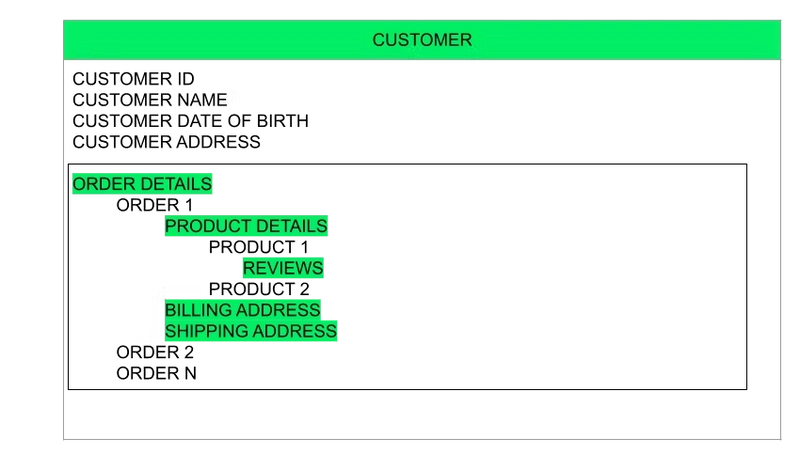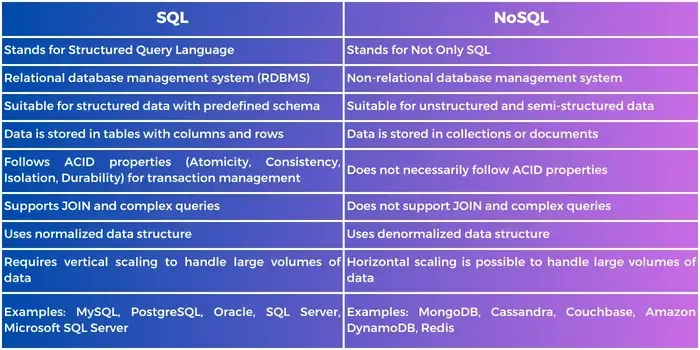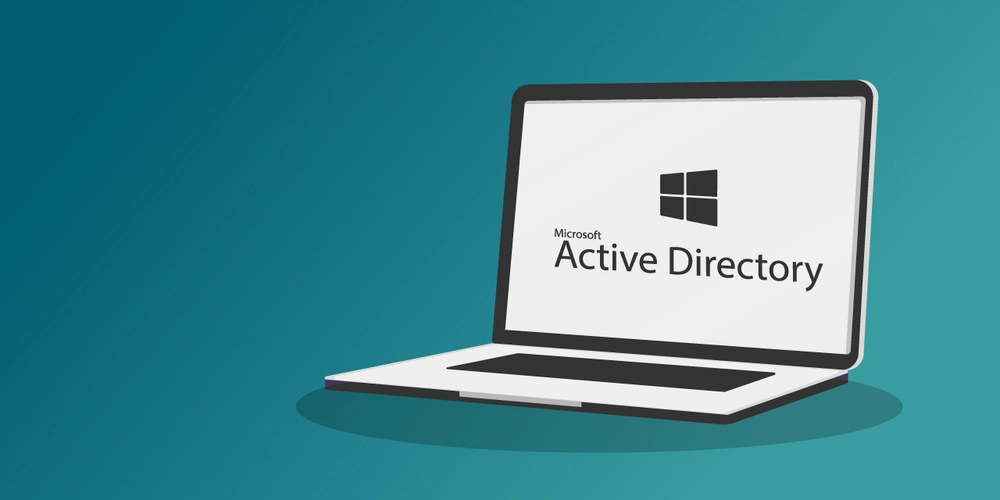SQL vs NoSQL: Choosing the Right Database for Your Needs
Introduction When choosing a modern database, one of the biggest questions is whether to pick a relational or non-relational database. For most of the last 40 years, relational database management systems (RDBMSs) that used the programming language SQL have been preferred. However, NoSQL-based non-relational database management systems are becoming more popular — particularly because data scientists want to expose their machine learning models and tools to more unstructured data. Let's explore these database types in greater detail, examining their uses, advantages, and popular implementations. Relational Databases Relational databases organize data into interrelated tables, using a structured format that defines rows and columns within a schema. They connect information from various tables with keys. They use Structured Query Language (SQL) to store and retrieve data, hence the name SQL databases. A table utilizes columns to define the types of information being stored and rows to hold the actual data. Each table contains a column that must have unique values, referred to as the primary key. This primary key can be used in other tables to establish relationships between them. The images below represent how data is stored in these types of databases Advantages of Relational Databases • ACID compliance: They satisfy a set of priorities that measure the atomicity, consistency, isolation, and durability of database systems. The general principle is if one change fails, the whole transaction will fail, and the database will remain in the state it was in before the transaction was attempted. • Better support options: Because RDBMS databases have been around for over 40 years, it's easier to get support and integrate data from other systems. • Normalization: The process of normalization involves organizing the data so that data anomalies are reduced or eliminated. This, in turn, reduces storage costs. Challenges • Scalability: RDMSs are historically intended to be run on a single machine. This means that if the machine's requirements are insufficient due to data size or an increase in the frequency of access, you will have to improve the hardware, also known as vertical scaling. This can be incredibly expensive and has a ceiling, as eventually, the costs outweigh the benefits. • Performance: The performance of the database is tightly linked to the number of tables, the complexity of their architecture, and the volume of data in each table. Query performance often degrades as RDMs scale. • Flexibility: In relational databases, the schema is rigid. You define the columns and data types for those columns, including any restraints such as format or length. • Difficulties with sharding (the process of dividing a large database into smaller parts for easier management) Popular SQL Database Systems MySQL • Free and open-source • An extremely established database with a huge community, extensive testing, and lots of stability • Supports all major platforms • Replication and sharding are available • Simple to understand, very beginner-friendly PostgreSQL • Object-oriented database management system, functioning as a hybrid SQL/NoSQL database solution • Free and open-source • Compatibility with a wide range of operating systems • Active community and many third-party service providers • High ACID compliance • Uses pure SQL • Works best for use cases where data doesn't support a relational model, extra-large databases, and when running complicated queries Oracle • Commercial database with frequent updates, professional management, and excellent customer support • Works with huge databases • Simple upgrades • Transaction control • Compatible with all operating systems • Suitable for enterprises and organizations with demanding workloads NoSQL/Non-Relational Databases Non-relational databases let you organize information in a looser fashion. They are also referred to as "Not Only SQL" (NoSQL) databases. Their storage models are optimized for specific types of data, allowing storage in diverse formats such as documents, key-value pairs, graphs, or columns. Below is an example of how data is stored in non-relational databases; Types of Non-Relational Databases Graph Stores • Make data visualization easier • Great at storing relationships between diverse data points with the help of nodes • Common examples: Neo4j and JanusGraph Column Stores • Schema-agnostic databases that can handle the querying of non-sequential data in real-time • Common use cases: web analytics and analyzing data from sensors • Popular implementations: Apache Cassandra and HBase Key-Value Stores • Simple, fast database management systems that store key-value pairs • Designed to fetch basic data quickly • Common use cases: leaderboards and shopping cart data • Popular implementations: Redis and Couchbase Server Document Stores • Databases with flexible schemas •

Introduction
When choosing a modern database, one of the biggest questions is whether to pick a relational or non-relational database. For most of the last 40 years, relational database management systems (RDBMSs) that used the programming language SQL have been preferred.
However, NoSQL-based non-relational database management systems are becoming more popular — particularly because data scientists want to expose their machine learning models and tools to more unstructured data.
Let's explore these database types in greater detail, examining their uses, advantages, and popular implementations.
Relational Databases
Relational databases organize data into interrelated tables, using a structured format that defines rows and columns within a schema. They connect information from various tables with keys. They use Structured Query Language (SQL) to store and retrieve data, hence the name SQL databases. A table utilizes columns to define the types of information being stored and rows to hold the actual data. Each table contains a column that must have unique values, referred to as the primary key. This primary key can be used in other tables to establish relationships between them. The images below represent how data is stored in these types of databases
Advantages of Relational Databases
• ACID compliance: They satisfy a set of priorities that measure the atomicity, consistency, isolation, and durability of database systems. The general principle is if one change fails, the whole transaction will fail, and the database will remain in the state it was in before the transaction was attempted.
• Better support options: Because RDBMS databases have been around for over 40 years, it's easier to get support and integrate data from other systems.
• Normalization: The process of normalization involves organizing the data so that data anomalies are reduced or eliminated. This, in turn, reduces storage costs.
Challenges
• Scalability: RDMSs are historically intended to be run on a single machine. This means that if the machine's requirements are insufficient due to data size or an increase in the frequency of access, you will have to improve the hardware, also known as vertical scaling. This can be incredibly expensive and has a ceiling, as eventually, the costs outweigh the benefits.
• Performance: The performance of the database is tightly linked to the number of tables, the complexity of their architecture, and the volume of data in each table. Query performance often degrades as RDMs scale.
• Flexibility: In relational databases, the schema is rigid. You define the columns and data types for those columns, including any restraints such as format or length.
• Difficulties with sharding (the process of dividing a large database into smaller parts for easier management)
Popular SQL Database Systems
MySQL
• Free and open-source
• An extremely established database with a huge community, extensive testing, and lots of stability
• Supports all major platforms
• Replication and sharding are available
• Simple to understand, very beginner-friendly
PostgreSQL
• Object-oriented database management system, functioning as a hybrid SQL/NoSQL database solution
• Free and open-source
• Compatibility with a wide range of operating systems
• Active community and many third-party service providers
• High ACID compliance
• Uses pure SQL
• Works best for use cases where data doesn't support a relational model, extra-large databases, and when running complicated queries
Oracle
• Commercial database with frequent updates, professional management, and excellent customer support
• Works with huge databases
• Simple upgrades
• Transaction control
• Compatible with all operating systems
• Suitable for enterprises and organizations with demanding workloads
NoSQL/Non-Relational Databases
Non-relational databases let you organize information in a looser fashion. They are also referred to as "Not Only SQL" (NoSQL) databases. Their storage models are optimized for specific types of data, allowing storage in diverse formats such as documents, key-value pairs, graphs, or columns. Below is an example of how data is stored in non-relational databases;
Types of Non-Relational Databases
Graph Stores
• Make data visualization easier
• Great at storing relationships between diverse data points with the help of nodes
• Common examples: Neo4j and JanusGraph
Column Stores
• Schema-agnostic databases that can handle the querying of non-sequential data in real-time
• Common use cases: web analytics and analyzing data from sensors
• Popular implementations: Apache Cassandra and HBase
Key-Value Stores
• Simple, fast database management systems that store key-value pairs
• Designed to fetch basic data quickly
• Common use cases: leaderboards and shopping cart data
• Popular implementations: Redis and Couchbase Server
Document Stores
• Databases with flexible schemas
• Best suited to store semi-structured data and can handle dynamic querying
• Common use cases: customer data, user-generated content, and order data
• Examples: MongoDB and PostgreSQL (which can function as both relational and document store)
Advantages of NoSQL Databases
• Excellent for handling "big data" analytics: NoSQL databases remove the bottleneck of needing to categorize and apply strict structures to massive amounts of information.
• No limits on types of data you can store: NoSQL databases give you unlimited freedom to store diverse types of data in the same place, offering flexibility to add new and different types at any time.
• Easier to scale: NoSQL databases are designed to be fragmented across multiple data centers without much difficulty.
Disadvantages of NoSQL Databases
• Support challenges: It can be more difficult to find experienced users when you need to troubleshoot.
• Compatibility and standardization issues: Newer NoSQL database systems lack the high degree of compatibility and standardization offered by SQL-based alternatives.
By far the most popular NoSQL database, MongoDB offers:
• Free to use
• Dynamic schema
• Horizontal scalability
• Excellent performance with simple queries
• Ability to add new columns and fields without impacting existing rows or application performance
• Ideal for companies experiencing rapid growth or those with substantial unstructured data
Other notable NoSQL alternatives include Apache Cassandra, Google Cloud BigTable, and Apache HBase.
Use Cases
When to Use Relational Databases
• Structured Data: For well-organized data that fits neatly into rows and columns with a standard format
• Complex Queries: Perfect for applications (like CRMs and financial systems) that require sophisticated queries and join operations
• ACID Transactions: Necessary for sectors where data accuracy, consistency, and reliability are crucial, such as finance or e-commerce
• Mature Ecosystem: Relational databases offer decades of tools, support, and integration options for enterprise-level requirements
When to Use Non-Relational (NoSQL) Databases
• Flexible Data Models: Ideal for semi-structured or unstructured data that may change over time, such as social media content
• Scalability: Designed to scale horizontally across multiple servers, making them excellent for big data, IoT applications, and growing businesses
• High Performance with Simple Queries: Great for real-time applications requiring quick reads and writes
The table below summarizes the differences between SQL and NoSQL databases.
Conclusion
The choice between SQL and NoSQL databases ultimately depends on your specific use case, data structure requirements, scalability needs, and performance considerations. Many modern applications even utilize both types of databases to leverage the strengths of each approach. Understanding the fundamentals of both paradigms will help you make informed decisions when designing your data architecture.





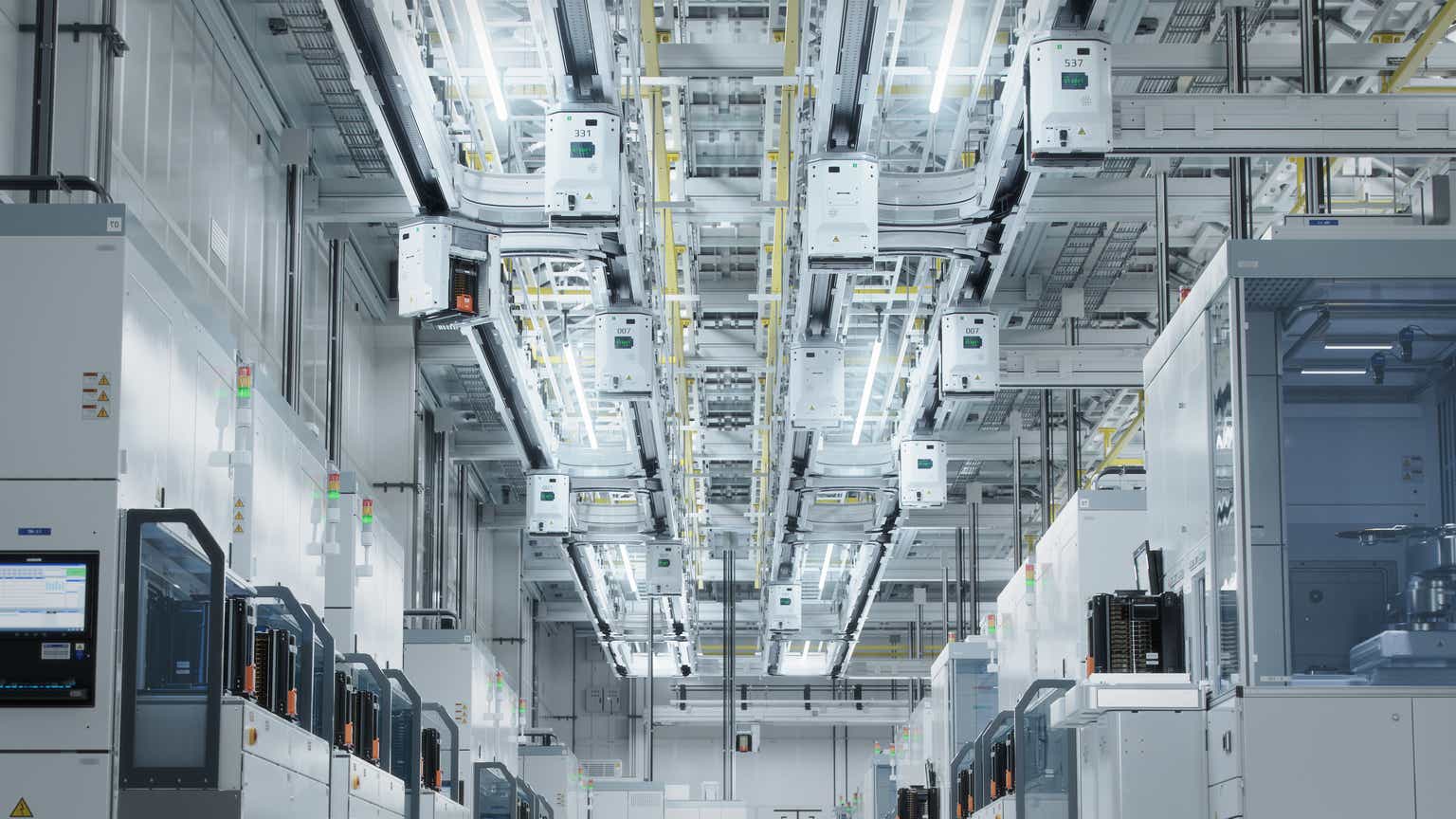





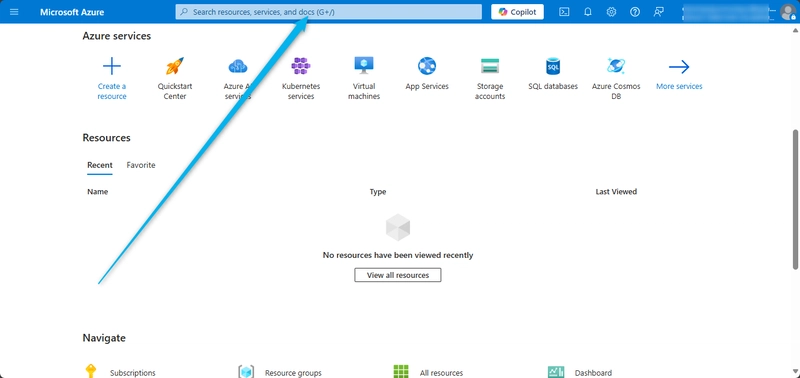

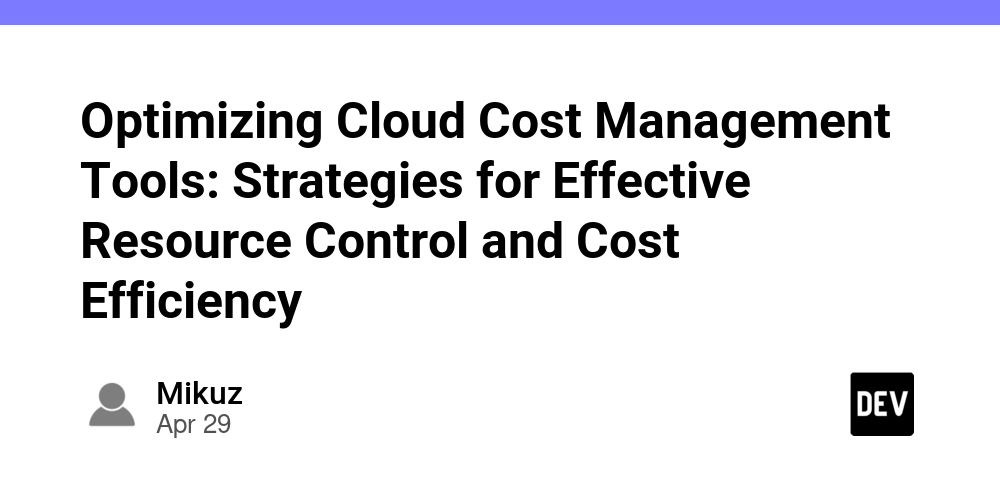
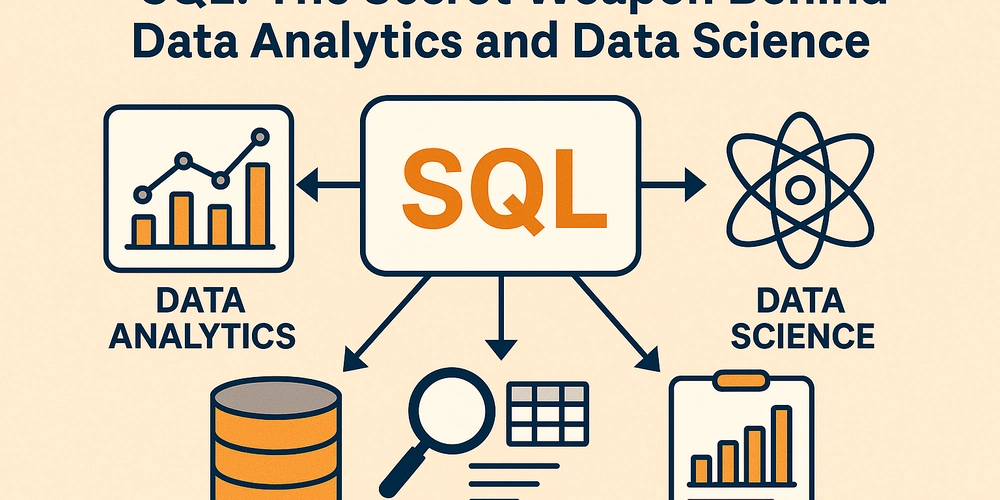




























![Kyoto Hotel Refuses To Check In Israeli Tourist Without ‘War Crimes Declaration’ [Roundup]](https://viewfromthewing.com/wp-content/uploads/2025/04/war-crimes-declaration.jpeg?#)


![New Best Ever Bonus for Capital One Venture Card Available Through Referrals [YMMV]](https://boardingarea.com/wp-content/uploads/2025/04/6cbab7b59a0f3413c2a8f73cf771602a.png?#)






















